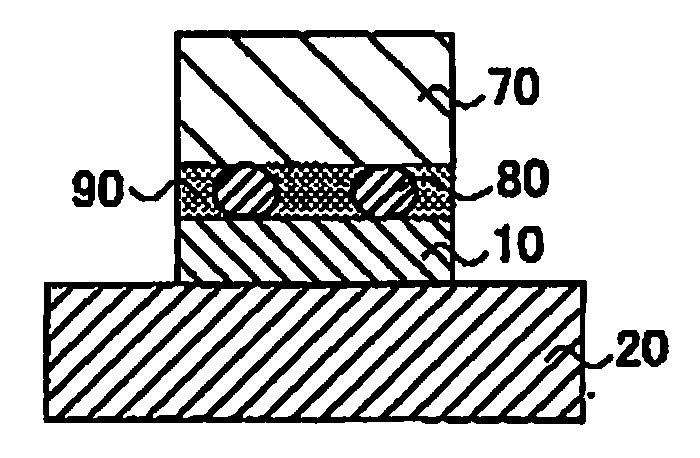Solar cell module
a solar cell and module technology, applied in the field of solar cell modules, can solve the problems of thermal damage resin and flux residue, and achieve the effect of reducing the output of solar cell modules and increasing the resistance valu
- Summary
- Abstract
- Description
- Claims
- Application Information
AI Technical Summary
Benefits of technology
Problems solved by technology
Method used
Image
Examples
examples
[0053]Hereinafter, the solar cell module according to the present invention is specifically described with reference to Example. However, the present invention is not limited to Example illustrated below, and thus can be carried out appropriately while being modified without departing from the gist thereof.
example
[0054]As a solar cell module according to Example of the present invention, one with the solar cells as shown in FIG. 3 was manufactured as follows. The solar cells according to Example are HIT solar cells.
[0055]Firstly, a resin made of an epoxy resin was mixed with silver particles at a ratio of 20:80 to 10:90 wt %, the silver particles being a mixture of approximately l-μmφ spherical powders and approximately 10-μmφ flake powders. Thereby, a paste was prepared. The viscosity of the paste was adjusted with an organic solvent in an amount of approximately 0.5 to 5% relative to the entire content. This paste was patterned on each of the solar cells by a screen-printing method. The paste was then hardened in conditions of 200° C. for 1 hour, and thereby a collecting electrode including a bus bar electrode was formed.
[0056]Subsequently, a resin made of an epoxy resin to serve as an adhesive layer was mixed with approximately 10-μmφ spherical tin particles at a ratio of 80:20 to 95:5 wt...
PUM
 Login to View More
Login to View More Abstract
Description
Claims
Application Information
 Login to View More
Login to View More - R&D
- Intellectual Property
- Life Sciences
- Materials
- Tech Scout
- Unparalleled Data Quality
- Higher Quality Content
- 60% Fewer Hallucinations
Browse by: Latest US Patents, China's latest patents, Technical Efficacy Thesaurus, Application Domain, Technology Topic, Popular Technical Reports.
© 2025 PatSnap. All rights reserved.Legal|Privacy policy|Modern Slavery Act Transparency Statement|Sitemap|About US| Contact US: help@patsnap.com


